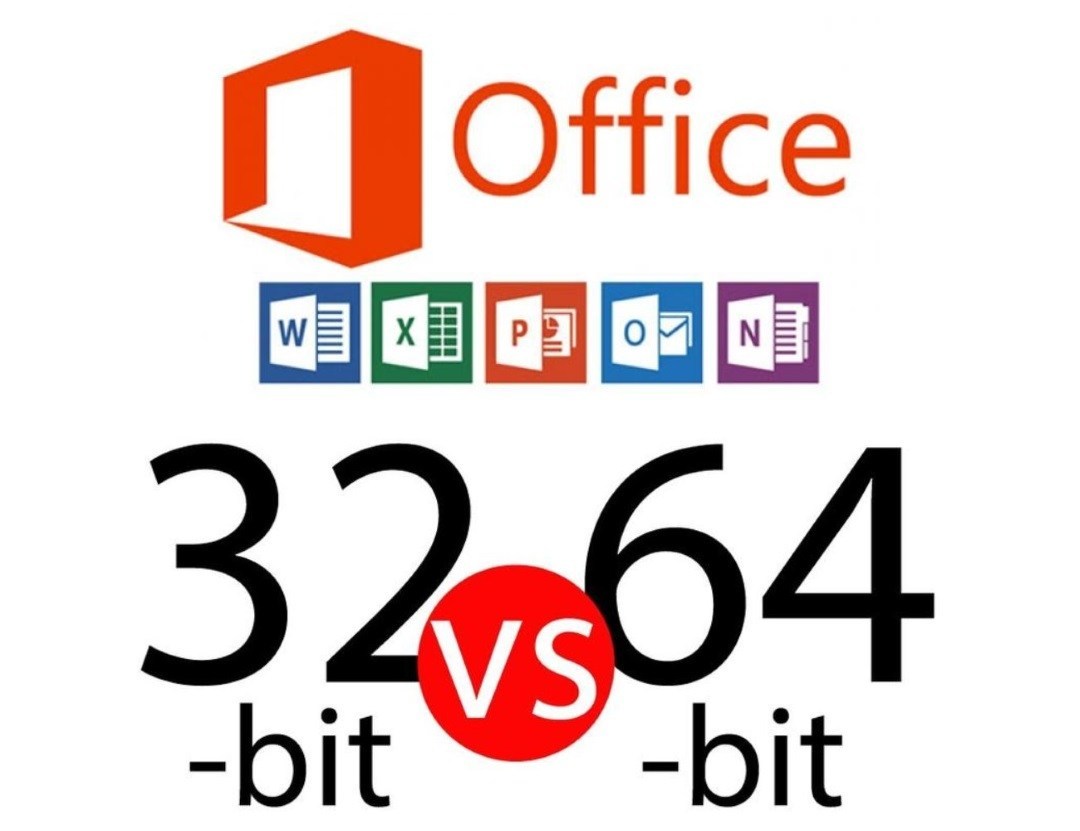

Check out more tidbits and talking points at the bottom of this post!) TL DR (If you’re curious, the “MPEG” stands for Motion Picture Experts Group, the organization that maintains the standard the “3” refers to one of the sections of the standard that specifically covers audio encoding. MP3, for example, is the file extension for the MPEG-1 Layer-3 audio container. Whereas codecs are more mysterious in their presentation, a container can be recognized more easily by looking at a file’s extension. If a codec is a key that locks up data, a container is the box in which data is stored.

When data is encoded, or changed from one format to another, a codec is used to lock the data into a pattern when data is decoded, like when you play an audio file, a codec is used to unlock the data and describes the pattern in which it was stored so that it can be reconstituted. A codec specifies how audio data should be encoded and decoded, which is what allows the data to be edited, saved, transferred and played on various devices. What is an audio codec?Īn audio codec is a process by which an audio file is compressed and decompressed. Knowing the difference between audio codecs and containers may help you resolve your issues. The problem: you have an audio file with an extension that’s ubiquitous, though none of the software you have can open the file, but you can open other files with the same extension. How do I open this file in Audacity? Why can’t Windows Media Player play this file? How come I can’t play this recording I made on my phone on my desktop? In fact, the reason I’m writing this post is because I hear this question so frequently that I want to have a resource I can point people to that will help explain what’s going on.


 0 kommentar(er)
0 kommentar(er)
